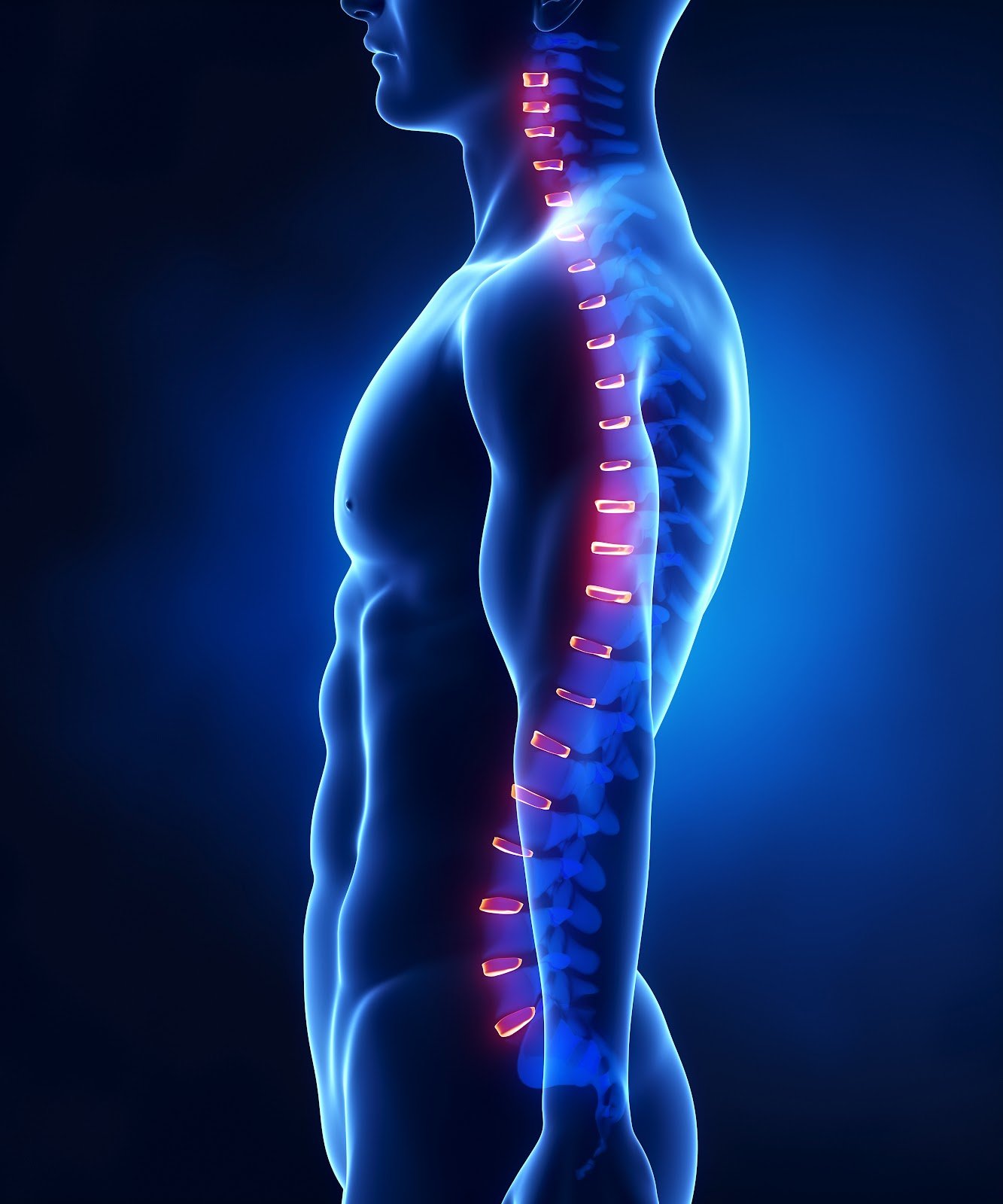Spinal cord trauma can result in injuries which are particularly difficult to treat and often very panful. The spinal cord is one of the most vital organs in your body as it is responsible for the communication between the brain and the rest of your body. This miraculous organ is simply a long and thin bundle of tubular nerves filled with support cells, also known as stem cells. The combination of your brain and the spinal cord are known as the central nervous system which allows you to move around, speak, and feel your sense of touch. Without your spinal cord, there would be no connection between your brain and the rest of the nervous system, and depending on the location of the spinal injury you may never be able to feel the lower part of the trauma site again. This of course greatly depends on the treatment and recovery process after the injury has taken place as well as the amount of attention that is paid to the doctor’s specific instructions.

Trauma Occurrences and Stages
Injury or trauma to the spinal cord can happen at any moment and during just about any activity. Vehicle accidents are frequently the culprit with whiplash injuries to the spinal cord in the neck the result. Even more serious spinal cord damage can be caused in accidents often associated with SUVs. One of the most frequent causes of this kind of injury is the regrettably common event of a SUV rollover in an accident. These accidents will always end with an injured person being taken to the closest hospital or center that is equipped and ready to deal with spinal trauma. This is because the faster the person gets treated, the better their chances of recovering with as little impairment as possible, and as the chances of spinal damages are greater in these cases the faster treatment is available, the better.
There are two stages to spinal cord trauma, the first stage is considered the acute phase which is when the person first gets the spinal injury and the following few days of treatment. The second phase of spinal cord trauma is the rehabilitation phase which is when the injuries and other necessary information is explained to the injured person, assistance is provided with various everyday activities, and the injured begins to learn their new lifestyle as well as learn to become independent once more. Spinal trauma doesn’t only effect the physical aspects of the person though, it can also affect their mental health and stability as they feel as though their freedom was ripped away from them in a single flash of time.
The Acute Phase
Once the injured party has been taken to the closest and most equipped center in the area for spinal cord injuries, they will be given painkillers while they are being examined and treated. Inevitably, spinal cord injuries can result in moderate to severe pain requiring, at least in the short term, serious pain medication such as codeine, morphine, or modern synthetic versions of these opioid medications. The doctor’s examination and testing will enable them find any and all broken bones, brain and spinal trauma as well as bruising, and the painkillers should provide you with some comfort at least while this is going on.
The Rehabilitation Phase
This is one of the most important parts of spinal cord trauma treatment, the recovery process. Recovery from this kind of injury can take a long time as the person isn’t only physically injured, but often emotionally and psychologically as well, especially if they face the prospect of living with permanent damage or loss of functionality. The first part of this treatment phase is helping the patient understand not only his or her injuries, but the details of their car, and the changes that their life has now taken on. This can also prepare them for the act of rehabilitation to learn to not only care for themselves but possible regain movement. This will all greatly depend on the location of the injury as well as the care that is not only given to the patient, but that the patient provides themselves. There is always hope when it comes to spinal damage, even though it is slim and the thought of sustaining an injury as severe as this can be earth shattering to anyone involved or who knows the patient.
